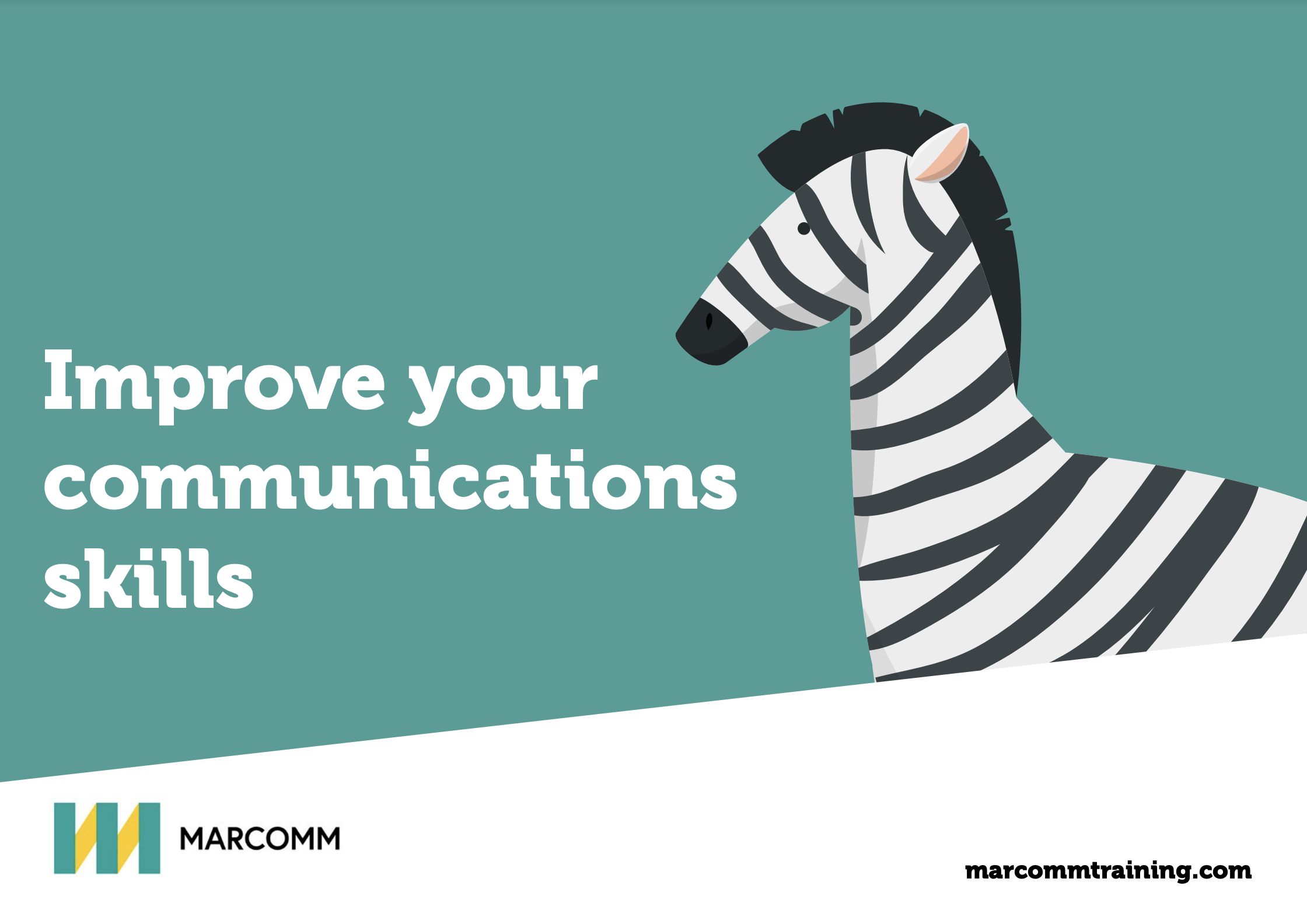As a manager we have a responsibility to help our people grow and develop. We are their coach. In that context the ability to give feedback should be an essential tool in our management toolkit. Yet that is not always the case. If we think of a sporting context, constant feedback is a basic building block in performance improvement. Yet in the business context where skills development and performance are equally important, feedback is often sporadic, if at all and quite often associated only with the formal performance review. Why is this? Perhaps the manager doesn’t see value in the process. Feedback also takes time, time to observe and gather facts. For some they simply don’t feel confident in giving feedback. They don’t how. What if it is not well received, what do I do then?
This blog explores why it is important and the dos and don’ts of giving feedback. Developing skill and being committed to giving feedback will pay long term dividends in the performance of those around you.
What is feedback and why is it important?
Feedback is a two-way exchange that holds immense value when we want to drive personal or professional growth. It acts as a catalyst for improvement, sharing light on blind spots and transferring challenges into opportunities for growth. It can enhance performance by fine tuning practises for better outcomes. It can nurture growth when constructive feedback fosters self-awareness. Feedback when done well boosts confidence.
Types of feedback:
There are two types of feedback, redirection and reinforcement. Redirection feedback guides the other party towards better outcomes. Essentially, we want them to change the way they're doing something to something better.
Reinforcement on the other hand acknowledges that the other party is doing something well. We want to reinforce positive behaviours and actions and promote their continuation. Our approach should therefore be balanced using both types of feedback. However, the way feedback is presented can determine whether it is embraced as an opportunity for growth or met with resistance.
Giving Feedback: The Dos
When providing feedback, several key principles contribute to its effectiveness:
1. Invited rather than imposed: Feedback is better received when it's invited rather than imposed. Seek permission or choose a suitable moment to discuss, ensuring the recipient is receptive.
2. Describe not Judge: Instead of making judgments, focus on describing specific actions or behaviours you observed. This approach reduces defensiveness and encourages understanding.
3.Share Your Perspective: Sharing your thoughts and feelings allows the recipient to understand your point of view. For instance, saying "I felt confused when..." rather than "You confused me when..." Shifts the focus to your experience. Use curiosity as a starting point when you want to avoid judgement “I am curious to understand what is happening in relation to …”
4. Be Specific and Selective: Concentrate on one or two key areas for improvement rather than overwhelming the recipient with multiple points. This reduces the potential of undermining the recipient’s confidence and it helps the recipient understand and address the issues more effectively.
5. Consider Timing: Consider both your own emotions and the recipient's emotional state. Launching into feedback when you are in an agitated state will not end well. Things may be said that may damage a working relationship. Choose a time when both parties are calm and open to a constructive conversation.
6. Use a positive approach: Focus on how improvements can be made rather than dwelling solely on the problem. A powerful method when providing redirectional feedback is to use the phrase “What I would like to see more of …. then suggest actionable steps and solutions.
7. Listen Actively: Effective feedback is a two-way conversation. Encourage the recipient to share their perspective and actively listen to their response. Only when we listen and really understand the other party’s position have, we the right to comment.
8. Provide Feedback Privately: As the saying goes, "Praise should be public, criticism should be private." Never single out an individual for criticism in a public setting. It will only undermine your leadership credibility with everyone present.
9. Dealing with defensiveness and emotion: Addressing defensiveness is crucial where the conversation is difficult. People often react defensively when the feel their judgement is at stake. It is key to allow individuals to express their reactions including anger. Give the other party the opportunity to vent their feelings, be patient and listen to their perspective. Allowing individuals to express their reactions and resisting the urge to react with high emotion will create the environment to deal with the issue in a calmer fashion.
Giving Feedback: The Don'ts
1. Don’t Make Assumptions: Base your feedback on observed behaviour. Never on assumptions or second-hand feedback or worse, rumours. Speculative feedback can lead to misunderstandings and will undermine your credibility.
2. Using Judgmental Language: Avoid sounding critical, condescending, or harsh. Choose words that promote a positive atmosphere and encourage growth.
3. Overloading with Feedback: Address a limited number of key points to prevent overwhelming the recipient. Too much feedback can lead to confusion and demotivation.
4. Comparisons: Avoid comparing individuals to one another. Each person's growth journey is unique; focus on their personal development.
5. Neglecting to Follow Up: Effective feedback isn't a one-time event. Follow up with the recipient to check on their progress and provide ongoing support.
A critical conversation:
Giving feedback can in some cases be a difficult conversation. Perhaps the issue is sensitive, relationships could be impacted if not conducted well. It is the conversation that you would prefer not to have to have, but you know it must happen if the issue is to be dealt with.
Susan Scott's 7-Step model provides a valuable framework for these very challenging conversations.
- Name the Issue
- Provide an Example
- Express Emotion
- Clarify What is at Stake
- Acknowledge Your Contribution
- Express the Desire to Resolve
- Invite Response
This model provides a structured framework that guides the conversation toward constructive outcomes. Please read our separate blog on this topic.
A final thought:
Effective feedback delivery is an essential leadership skill that, when mastered, can lead to profound positive change. By adhering to the principles of invitation, specificity, openness, and constructive criticism, you can turn feedback into a catalyst for continuous improvement. It demonstrates your interest in others and shows that you truly care about development, growth and quality.


